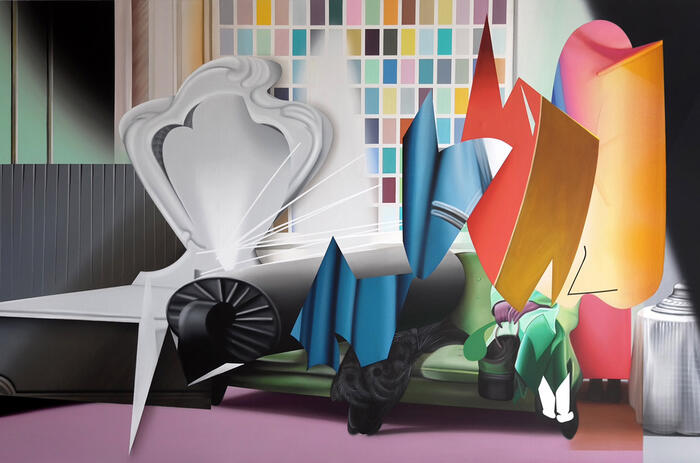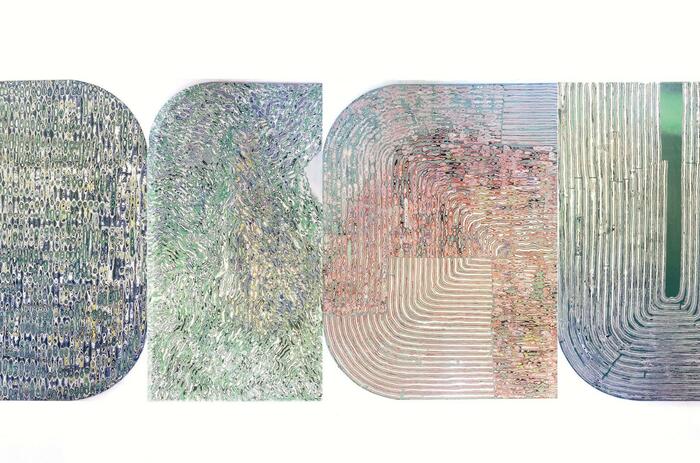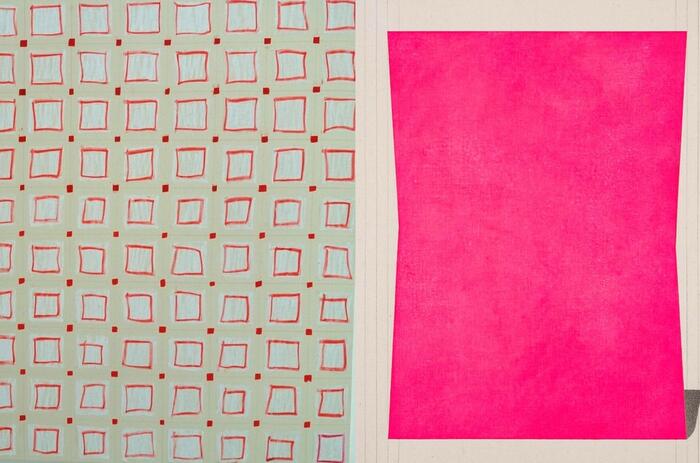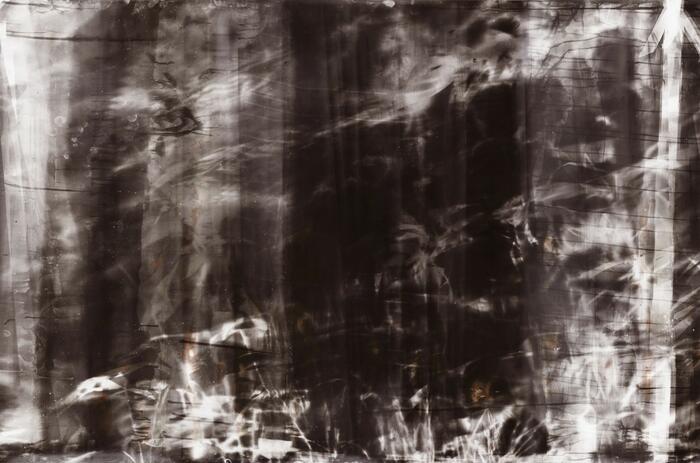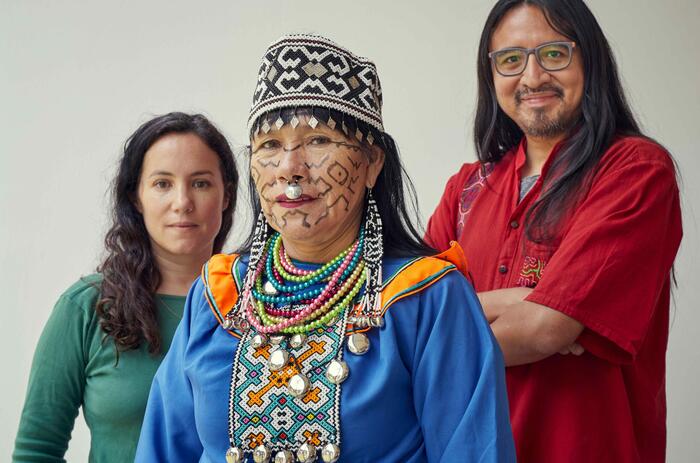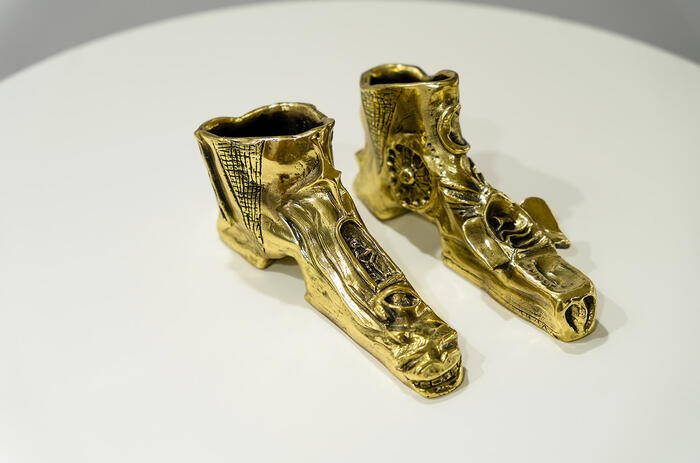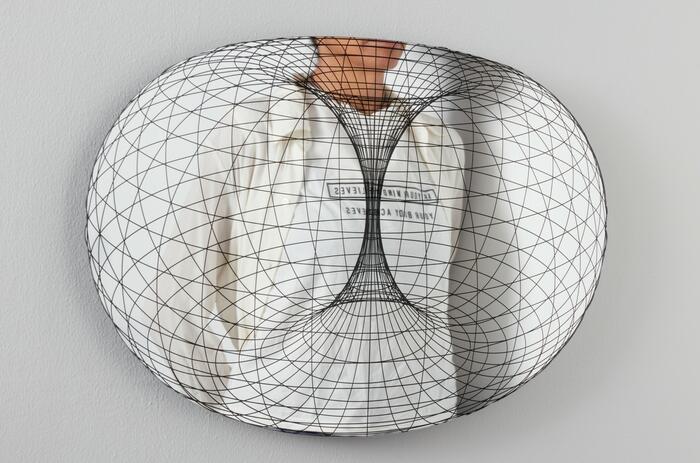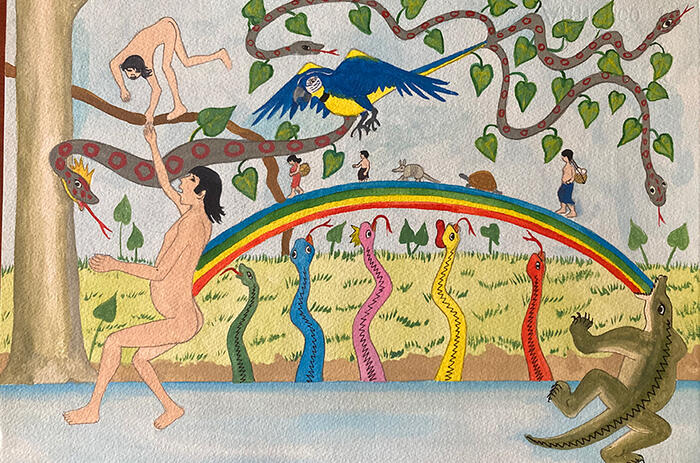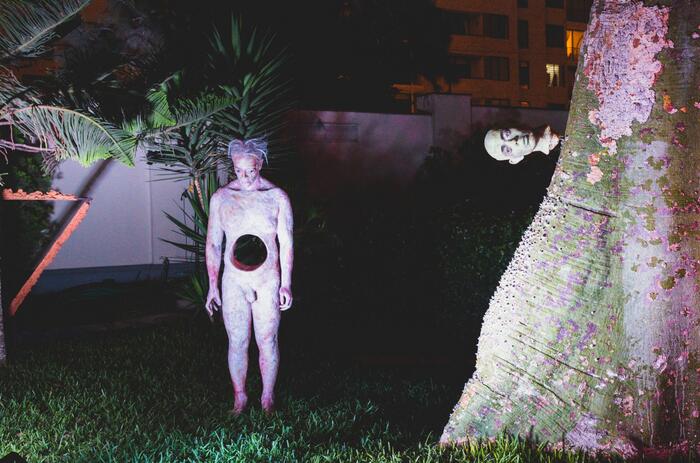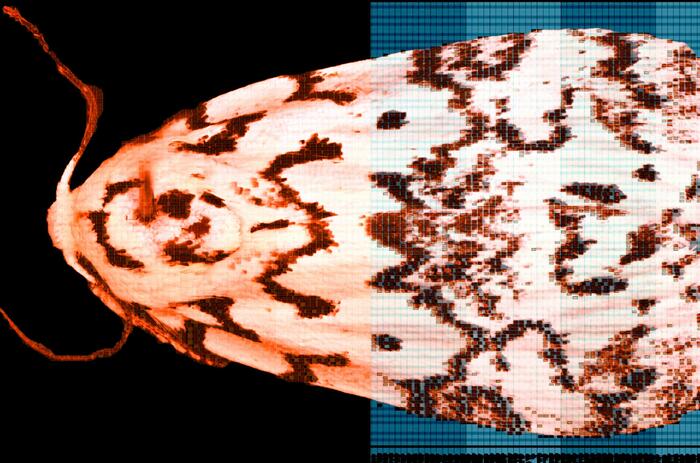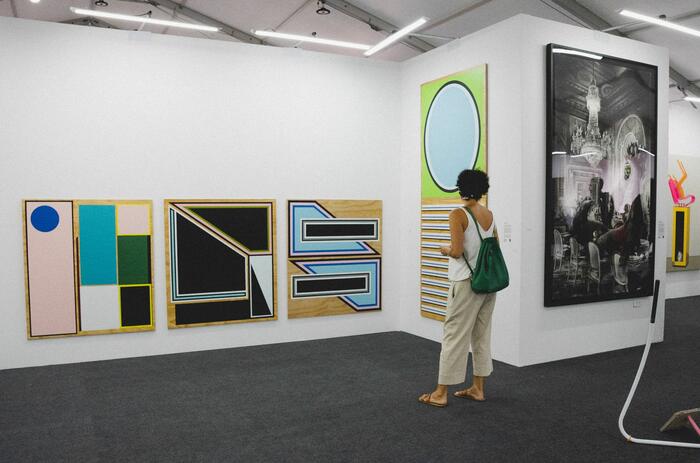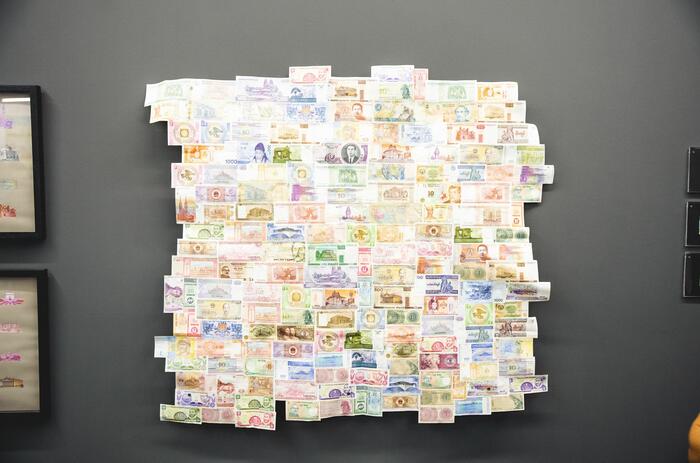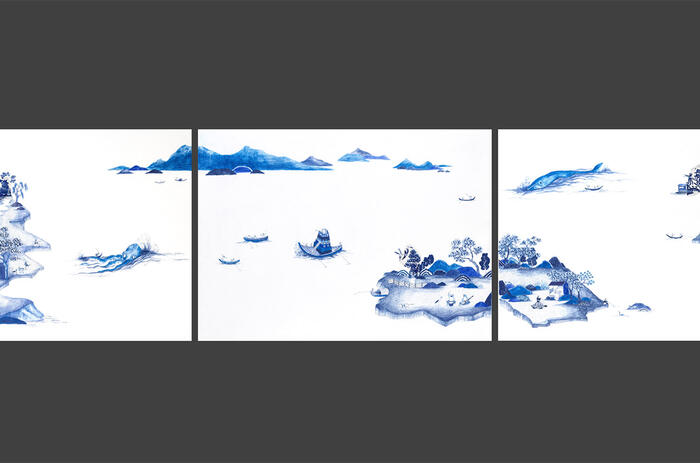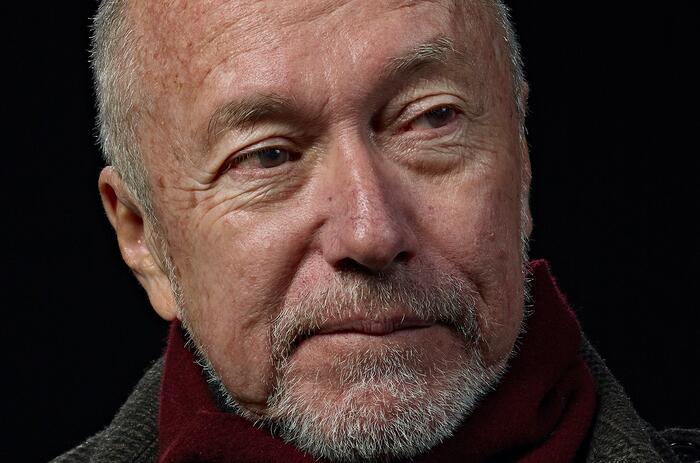THE INTERCONNECTION BETWEEN ART, CULTURE AND NATURE - INTERVIEW WITH CURATOR GREDNA LANDOLT
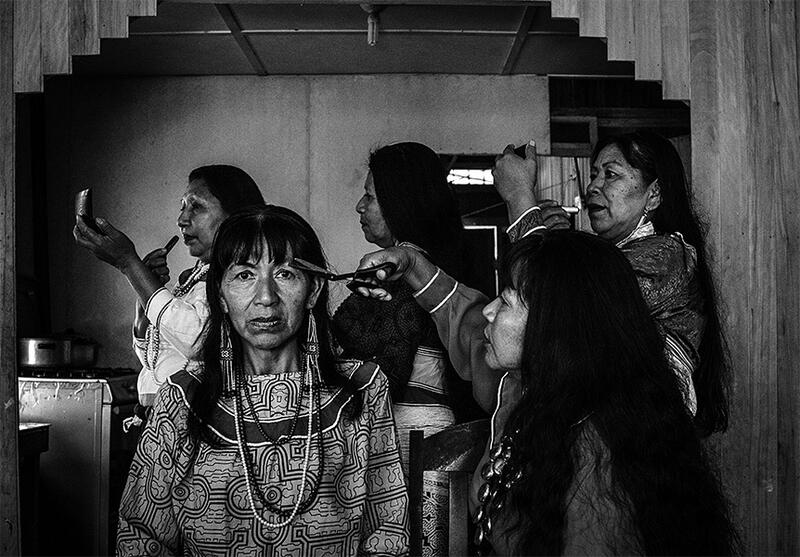
In this interview, Gredna Landolt, a Peruvian graphic artist and curator, shares with us her work curating the Amazonías section of Pinta PArC 2023, a section that exhibits renowned native artists. The title of this exhibition, "Los ojos que no ven" (the eyes that don't see), refers to the multiverse inhabited by guardian spirits or "mothers" that protect natural species from being preyed on or harmed, as well as other spirits that dwell in different spheres or spaces that they consider part of the world. In this conversation with Gredna, we learn more about her curatorial work on the section, her inspiration and trajectory.
What criteria do you use to select the works and artists that are exhibited in the Amazonias section of Pinta PArC?
I have sought to select artists from different indigenous peoples whose work has achieved a distinctive style and who have something interesting to say. I chose the title "Lo que los ojos no ven" ("What the eyes don't see") as the thematic proposal for the exhibition's works because it encapsulates a concept shared by most Amazonian artists: the multiverse inhabited by guardian spirits or "mothers" who protect natural species from being preyed upon or harmed, as well as other spirits that dwell in different spheres or spaces that they consider part of the world.
What do you look for in the exhibited works to highlight the cultural and artistic diversity of the Amazon region?
It is a varied proposal in techniques and mediums, where not only contemporary art pieces but also traditional art pieces are included. I also look for works that reflect the artists' processes, which range from painting with natural dyes on bark cloth (llanchama) or fabric dyed with mahogany, embroidery, acrylic on canvas, watercolor, wood carvings, ceramics in various formats, and photography.
What role does art play in promoting dialogue and awareness about the environmental problems of the Amazon? Is it a way to preserve indigenous cultural richness?
Being in some way - in its various expressions - an art inseparable from nature, it always reminds us that human beings are part of it, but that we are not the center. Therefore, the balance of life is something precarious and is sustained by the good relationship we maintain with the other beings that inhabit nature. Art is always fundamental to life. In the particular case of Amazonian art, I believe it is one of the most important phenomena of Peruvian art in the 21st century. It effectively contributes to preserving the cultural richness of indigenous peoples. Additionally, it allows us to approach other ways of seeing life; indirectly, it makes us take greater interest in the Amazon and the environmental problems it faces, in an empathetic and affective way.
-
Anónimo. Mahuetá (Tinaja). Cerámica modelada y pintada. Río Pisqui. Quebrada de Mashpaya, ca. 2000.
-
“Traje de vuelo de chamán” de Santiago Yahuarcani. Imagen: Juan Pablo Murrugarra. Cortesía de CRISIS Galería y el artista.
-
"Lagarto" de Celia Vásquez y Diana Ruiz, ceramistas shipibos. 33 x 108 x 42 cm. Foto: Juan Pablo Murrugarra. Cortesía del Shipibo-conibo Center, NY y de las artistas.
-
Gredna Landolt.
At what point in your career did you know that you wanted to specialize in the art of indigenous communities, specifically from Amazonian regions?
It arose naturally more than 20 years ago. It was not a decision, but rather I became passionate about it as I learned more about Amazonian indigenous cultures. My first contact was in 1997, when I worked as a graphic consultant for the Program for the Training of Bilingual Teachers in the Peruvian Amazon, near Iquitos. There, specialists from 14 indigenous peoples attended, with whom I collaborated on a project that culminated in a large exhibition at the Telefónica Foundation and a catalog: "El ojo verde, cosmovisiones amazónicas" ("The Green Eye, Amazonian Cosmovisions") (2000). We collected drawings and many traditional pieces, several of which were commissioned and others were recovered from the deposits of some museums, where they were still considered only as ethnographic pieces. The merit of that project was to work with indigenous specialists to present the pieces as objects of art in full use. Since then, my interest has continued to grow. And I believe the same has happened with people who, once they have seen it, continue to be fascinated.
What special character, style, and message does indigenous Amazonian art have in particular compared to other regions?
Indigenous artists have taken hold of Western art techniques and mediums to express their own worlds and cultures, and they still have much to say. There is no defined style, each artist has their own. This makes it even more interesting. Rather, what distinguishes them from other regions are the themes they address, such as territory, fauna, ayahuasca visions, and myths. Recently, Peruvian Amazonian indigenous art has garnered great international interest and has reached galleries such as White Cube, Salon 94, and Clearing, which are supporting it.
What impact can a section like “Lo que los ojos no ven” have in a time of such harm to nature?
The title of the exhibit "Lo que los ojos no ven," speaks precisely to what our Western vision cannot perceive: the spirits that protect everything that lives in the forest. Although they cannot be seen with the naked eye, the inhabitants of the indigenous villages perceive them in different forms, spontaneously or through the ingestion of ayahuasca or other plants considered sacred, which are used to "open the vision." It would be desirable for a section like this to contribute to a better understanding of nature, which translates into protecting it. That it is understood as something essential to improve, sustain, and beautify the life not only of the Amazon but of the entire planet.

